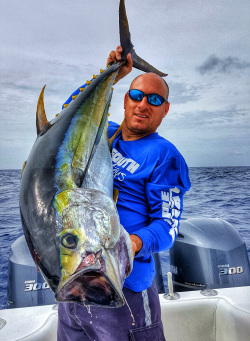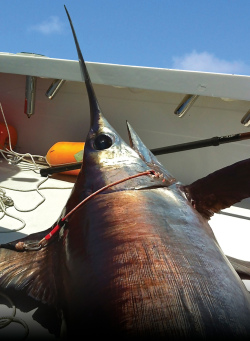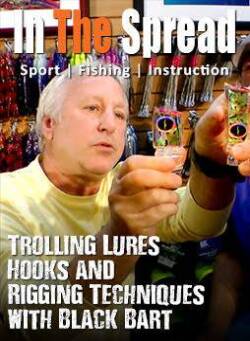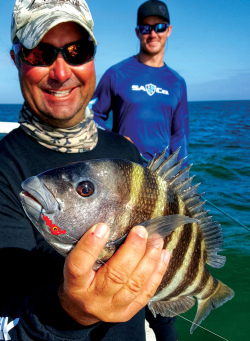Seth Hartwick's topwater lures for bluefin tuna fishing video is essential for anglers looking to advance their learning curve. He is an expert in targeting big tuna and shares his insights on lure placement, bait selection, and tackle. Learn from Seth's expertise on lure rigging techniques, reels, and rods, focusing on casting ability and lifting power.
Tuna Fishing - Topwater Lures for Bluefin - Seth Hartwick
(00:14:58)
Watch Full Video
View Short Trailer
Instructor:
Seth Hartwick
Description
/
Review
/
Instructor
Video Summary
- Idea: Targeting big bluefin tuna with topwater lures.
- Intensity: Not for the faint-hearted due to the power of bluefin tuna.
- Experience: Knowledge and experience enhance success with topwater lures.
- Collaboration: Article in collaboration with Seth Hartwick, an expert fisherman.
- About Seth: Globetrotter, elite fisherman, knowledgeable on tackle and lures for big game fish.
- Understanding Bluefin Tuna: Discerning eaters; presentation and rigs are key.
- Poppers and Floating Stickbaits: Effective lures for surface-working bluefin tuna.
- Lure Selection: Importance of diversifying lures for different situations.
- Rigging and Gear: Importance of quality and safety in gear selection.
- Casting Lures: The right tackle setup is crucial for success.
The idea of targeting big bluefin tuna with topwater lures is sure to send a thrill down your spine. This style of fishing is not for the faint-hearted. Bluefin tuna are incredibly powerful and will push even the best tackle to its limits. The more knowledge and experience you have when you hit the water with topwater lures for bluefin tuna, the better you will fare.
As part of our "In The Spread Fishing" series, we've teamed up with Seth Hartwick, one of the world's leading big game, reef donkey, and tuna smashing fishermen, to share some deep insights on what works when casting lures to big bluefin tuna.
Login
to leave a review.
User Reviews
There are no reviews yet.Seth Hartwick
Seth Hartwick is a topwater fishing enthusiast, traveling worldwide to catch GTs and Tuna using big poppers and stickbaits. He values the natural state of the ocean and far off reefs, and has made over 83 overseas trips. Seth has shared adventures with his dad and works as a journeyman lineman for a power company in SE Michigan.
Read moreVideos
We Recommend
0




